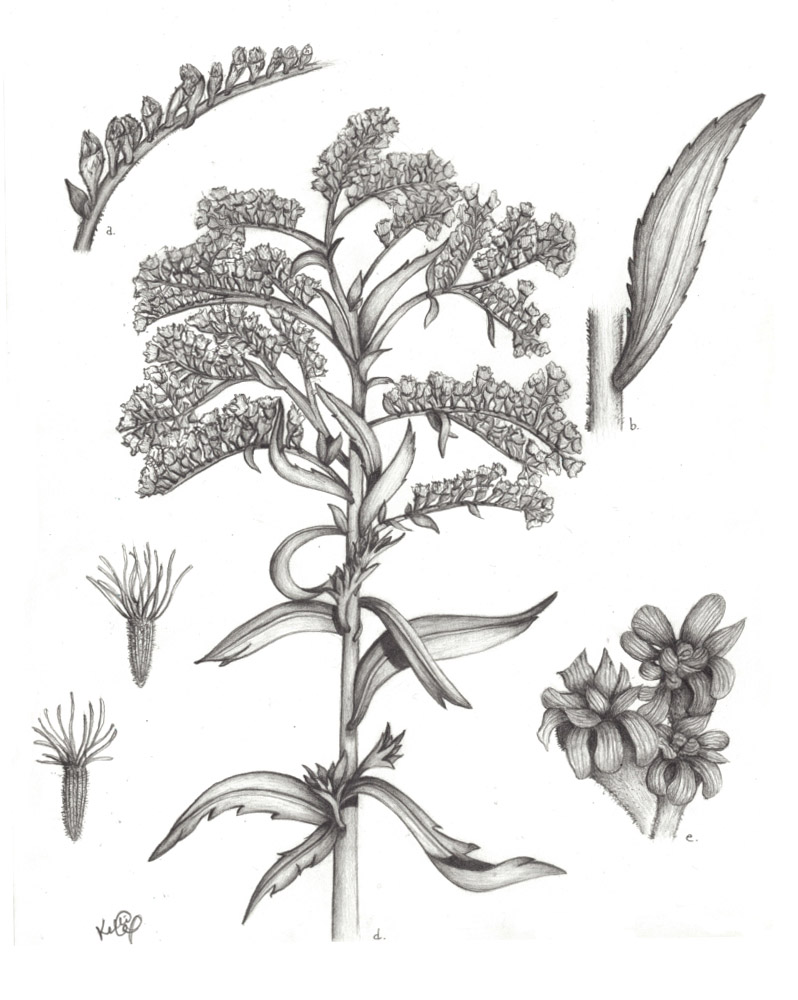Lesson 5: Identification and Portrayal of Plant Characteristics
There are nearly 400,000 different species of plants, of which the great majority (260–290 thousand) are seed plants. The scientific classification of plants belong to the kingdom Plantae. Definitions of this kingdom vary, but each group of plants include familiar organisms that can be broken down to trees, flowers, herbs, bushes, grasses, vines, ferns, and mosses.
It is good practice to learn about taxonomy and how to categorize when illustrating a specific plant. Plant identification is the process of matching a specimen plant to a known taxon. Identification is important in botanical illustration and can be achieved by education, practice, and various resources including the internet and the library. Characteristics observed include general character, structures of stems, roots and leaves, embryology, coloring and flowers.
Having an understanding of plant anatomy and being able to focus on the details will help you be successful in botanical illustration. Throughout the course we have focused on different plant characteristics. For this lesson we will bring those characteristics together and create a finalized botanical illustration.
**A quick note on fungi: The classification of fungi has been controversial until quite recently in the history of biology. Fungi are not classified in the Plantae kingdom, but are still widely illustrated in the botanical illustration world. Plants generally gain carbon through photosynthesis, and are called autotrophic phototrophs. Fungi obtain carbon by breaking down and absorbing material; they are called heterotrophic saprotrophs. The substructure of multicellular fungi is different from that of plants, taking the form of chitinous microscopic strands called hyphae. Fruiting bodies are the reproductive structures of fungi and are unlike any structures produced by plants. An excellent resource is Drawing and Painting Fungi, by Claire Kathleen Ward, 2024.
